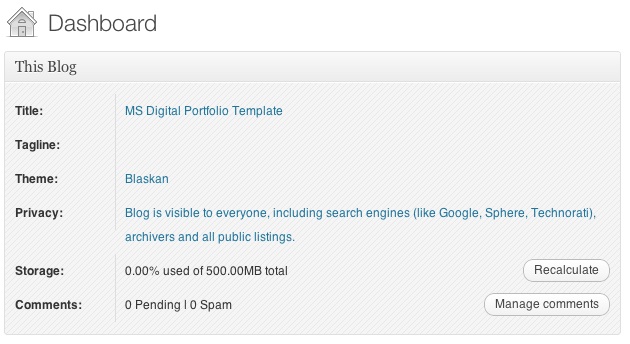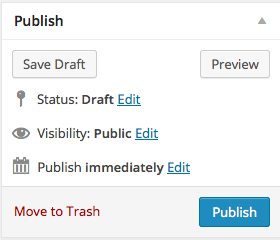My Fall Music Composition
This is the link to my music composition that I made at class.yciw.net. YCIW stands for Young Composers Improvising Workshop, and it’s SUPER fun!
I use a lot of homophony texture, because I think that sounds the best with my main melody. I love to show emotion, and that’s something that I have definitely included in my piece of music. I begun creating this composition at the start of school, in early September. Now, it’s November 3rd, and I’m still making it better and better.
I play the piano, so composing my own music was sort of my dream. I love to make music, and this was a great opportunity for me to do that–but in a completely different way!
My main instrument that is in center spotlight is violin, but my other two are clarinet and flute. The clarinet and the flute bring in more feeling, and that is special to me.
I posted on my blog about this for two reasons:
1: It was something we had to do in class
2: It was something that was interesting to me, and I wanted other people to know about it.
Making my composition this fall was extremely fun and it was a great activity–it gave me the chance to learn and have pride in myself for creating something I loved!






